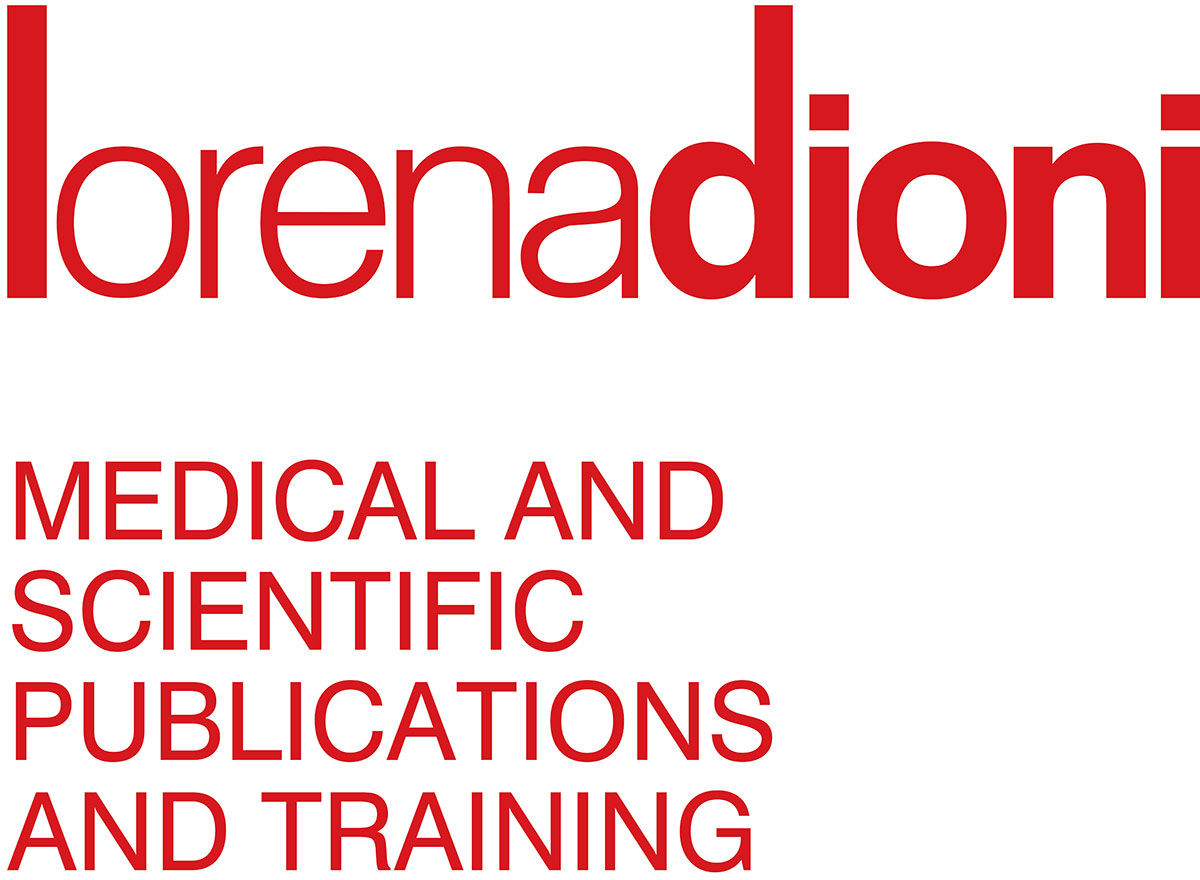 Abstract
Abstract
Background
Many surgical approaches are available to treat varicose veins secondary to chronic venous insufficiency. One of the least invasive techniques is the ambulatory conservative hemodynamic correction of venous insufficiency method (cure conservatrice et hémodynamique de l'insuffisance veineuse en ambulatoire (CHIVA)), an approach based on venous hemodynamics with deliberate preservation of the superficial venous system.
Objectives
To compare the efficacy and safety of the CHIVA method with alternative therapeutic techniques to treat varicose veins.
Search methods
The Trials Search Co-ordinator of the Cochrane Peripheral Vascular Diseases Group searched the Specialised Register (November 2012), CENTRAL (2012, Issue 10) and clinical trials databases. The review authors searched PubMed and EMBASE (December 2012). There was no language restriction. We contacted study authors to obtain more information when necessary.
Selection criteria
We included randomized controlled trials (RCTs) that compared the CHIVA method versus any other treatments. Two review authors independently selected and evaluated the studies. One review author extracted data and performed the quantitative analysis.
Data collection and analysis
Two independent review authors extracted data from the selected papers. We calculated the risk ratio (RR), mean difference (MD), the number of people needed to treat for an additional beneficial outcome (NNTB), and the number of people needed to treat for an additional harmful outcome (NNTH), with 95% confidence intervals (CI) using Review Manager 5.
Main results
We included four RCTs with 796 participants (70.5% women) from the 434 publications identified by the search strategy. Three RCTs compared the CHIVA method with vein stripping, and one RCT compared the CHIVA method with compression dressings in people with venous ulcers. We judged the methodological quality of the included studies as low to moderate. The overall risk of bias across studies was high because neither participants nor outcome assessors were blinded to the interventions. The primary endpoint, clinical recurrence, pooled between studies over a follow-up of 3 to 10 years, showed more favorable results for the CHIVA method than for vein stripping (721 people; RR 0.63; 95% CI 0.51 to 0.78; I2 = 0%, NNTB 6; 95% CI 4 to 10) or compression dressings (47 people; RR 0.23; 95% CI 0.06 to 0.96; NNTB 3; 95% CI 2 to 17). Only one study reported data on quality of life and these results presented graphically significantly favored the CHIVA method.
The vein stripping group had a higher risk of side effects than the CHIVA group; specifically, the RR for bruising was 0.63 (95% CI 0.53 to 0.76; NNTH 4; 95% CI 3 to 6) and the RR for nerve damage was 0.05 (95% CI 0.01 to 0.38; I2 = 0%; NNTH 12; 95% CI 9 to 20). There were no statistically significant differences between groups regarding the incidence of limb infection and superficial vein thrombosis.
Authors' conclusions
The CHIVA method reduces recurrence of varicose veins and produces fewer side effects than vein stripping. However, we based these conclusions on a small number of trials with a high risk of bias as the effects of surgery could not be concealed. New RCTs are needed to confirm these results and to compare CHIVA with approaches other than open surgery.
Plain language summary
CHIVA method for the treatment of varicose veins
Chronic venous insufficiency (CVI) is a disorder in which veins fail to pump blood back to the heart adequately. It can cause varicose veins, skin ulcers, and superficial or deep vein thrombosis in the legs. The ambulatory conservative hemodynamic correction of venous insufficiency (CHIVA) method is a minimally invasive surgical technique to treat varicose veins. The aim of the CHIVA treatment is to eliminate the venous-venous shunts by disconnecting the escape points, preserving the saphenous vein and normal venous drainage of the superficial tissues of the limb. This review evaluated the effectiveness and safety of the CHIVA method in CVI and included four randomized controlled trials with 796 participants. The results showed that the CHIVA method reduced recurrence of varicose veins and produced less bruising and nerve damage than vein stripping. However, studies are needed to confirm these conclusions since they are based on clinical trials with methodological limitations such as high risk of bias mainly because participants and outcome assessors were not blinded to the interventions.







